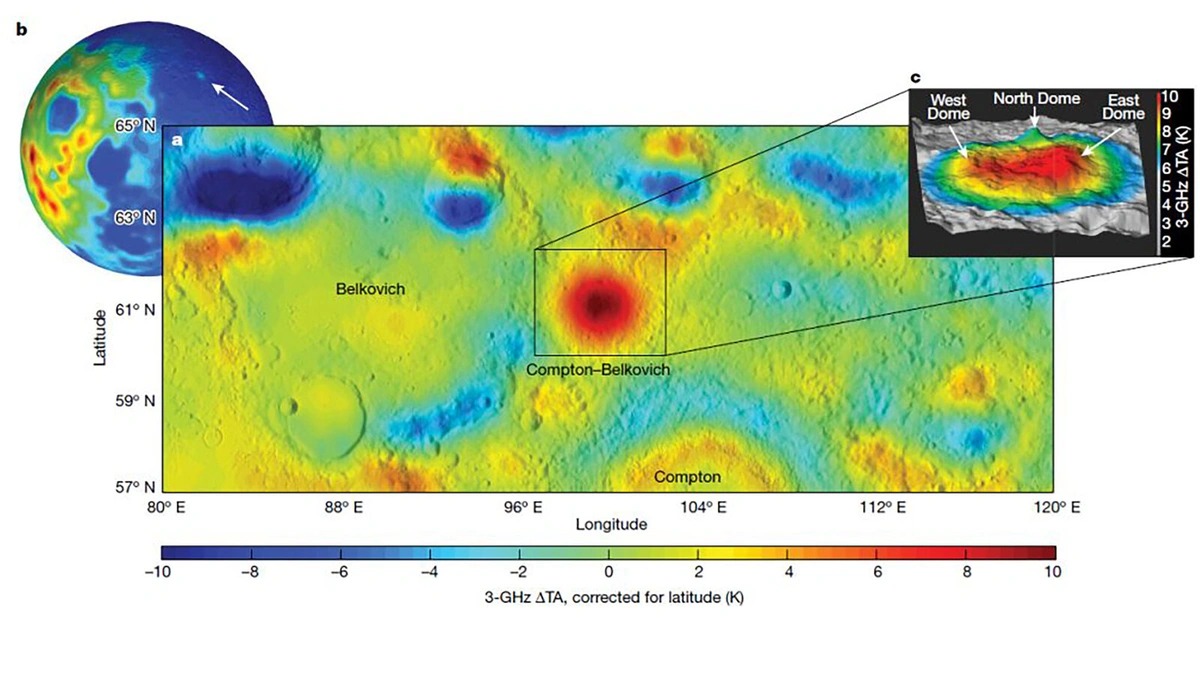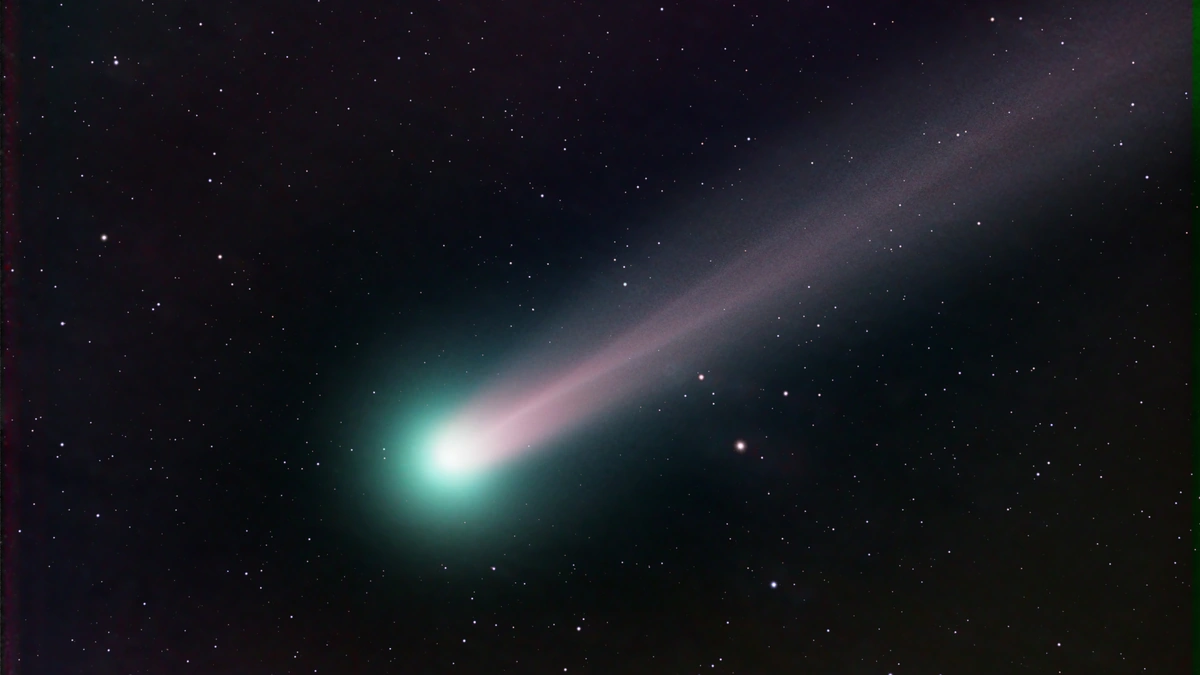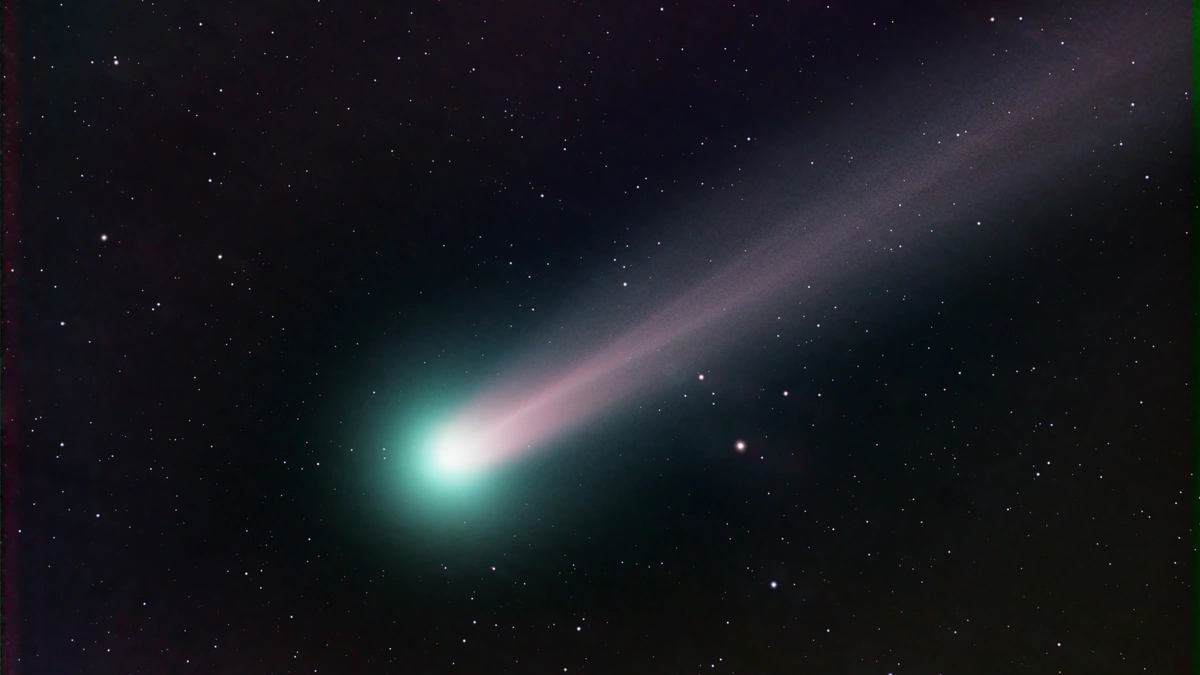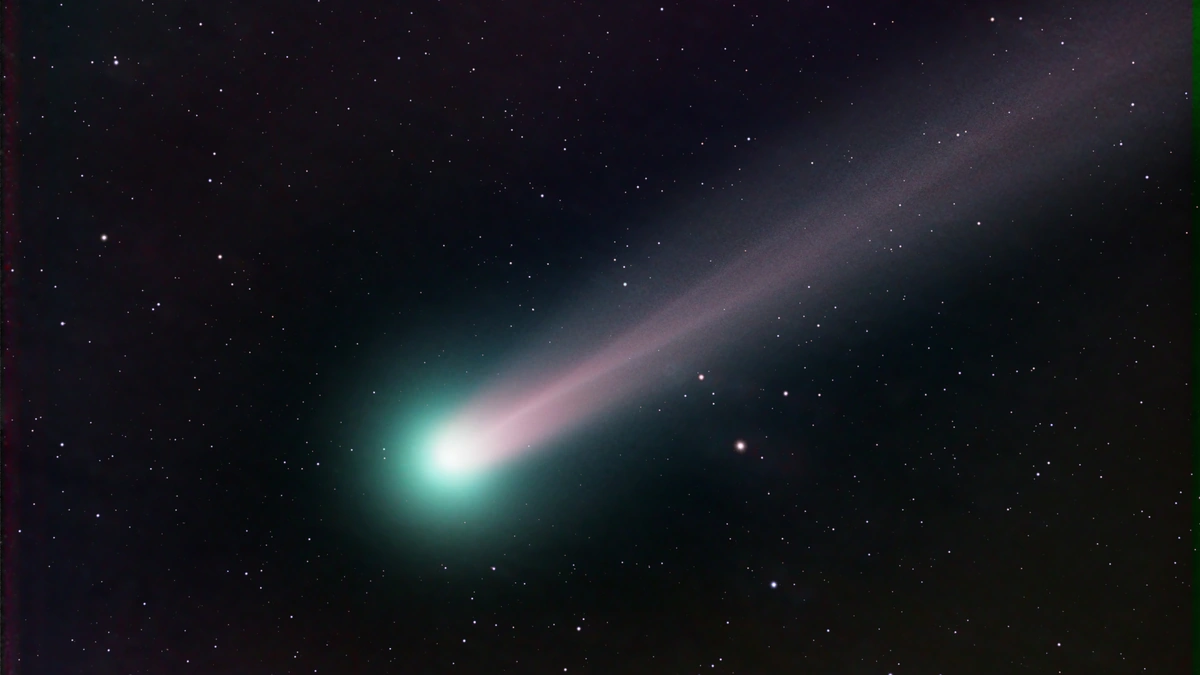Study Explains the Radioactive Spots on the Moon’s Surface
Okay, so, the moon. We all look up at it, right? Maybe you’ve even dreamt of walking on it. But have you ever stopped to think about the radioactive spots on the moon ? I hadn’t, not really. I mean, I knew space was full of, well, space stuff, but radioactive hotspots? Turns out, there’s some pretty interesting science behind those mysterious areas. And a new study is shedding light on why they’re there.
Here’s the thing: it’s not like the moon is glowing green or anything. These radioactive spots are subtle, but they’re definitely there, and they’ve been puzzling scientists for a while. So, what’s the deal? Let’s dive in, shall we?
Why Should We Care About Lunar Radioactivity?
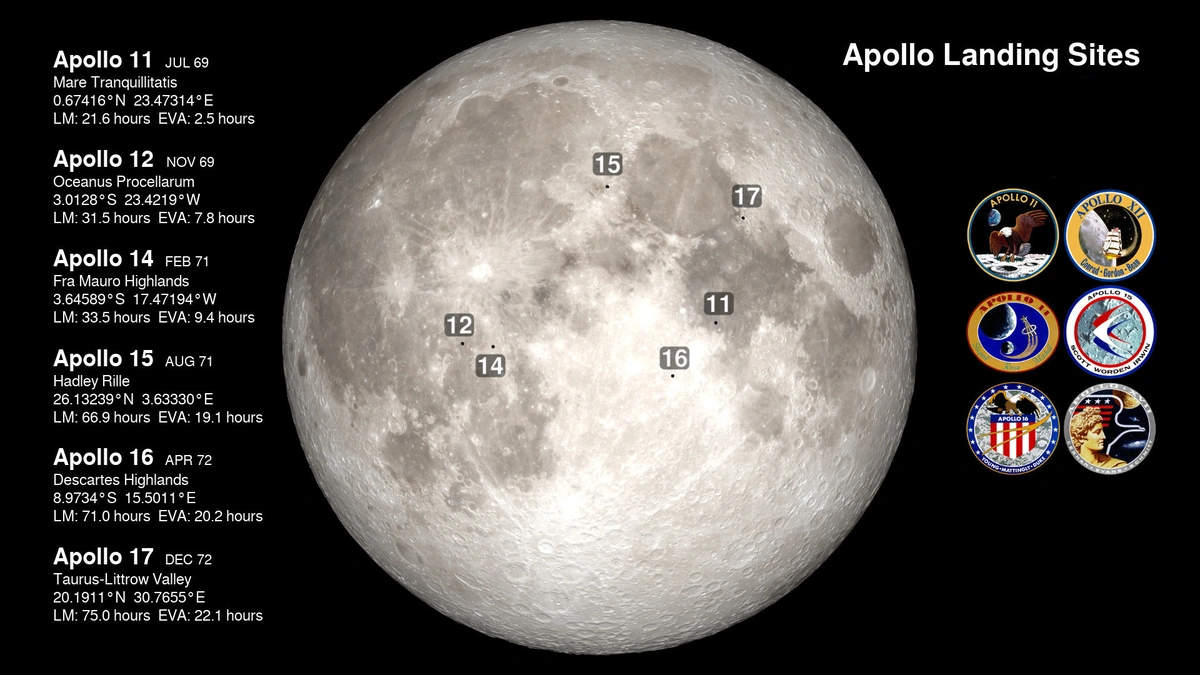
You might be thinking, “Radioactive spots on the moon? So what?” But understanding these spots actually tells us a lot about the moon’s history, its formation, and even the processes that shaped our entire solar system. Think of it like this: the moon is a time capsule, and these radioactive elements are like clues etched into its surface.
What fascinates me is the implications for future lunar missions. If we’re planning on setting up lunar bases – and, let’s be honest, that’s the dream – we need to know about the radiation environment. It’s not just about protecting astronauts; it’s also about understanding how radiation might affect equipment and experiments. A common mistake I see people make is underestimating the long-term effects of even low levels of radiation. The lunar surface is bombarded by radiation, and these radioactive anomalies only add to that.
How Do These Spots Become Radioactive?
So, how does a chunk of rock floating in space become radioactive in certain areas? The answer lies in elements like thorium and uranium. These elements are naturally radioactive, and they’re found in higher concentrations in certain areas of the moon. According to scientists, these elements are brought to the surface during ancient volcanic activity. Over billions of years, the concentration of these radioactive elements built up in specific regions.
These areas, known as Procellarum KREEP Terrane (PKT), contain higher concentrations of potassium (K), rare earth elements (REE), phosphorus (P), along with the aforementioned thorium and uranium. What fascinates me is the volcanic activity. Understanding the nature of these lunar radioactive hotspots helps us paint a picture of the moon’s evolution.
It’s all about the lunar geological processes that happened way back when. Essentially, stuff bubbled up from the moon’s interior and concentrated in these specific zones. And here’s where it gets really interesting – these areas aren’t evenly distributed. They’re localized, creating these “spots” that the study is all about.
The Study | What Did They Find?
This new study used data from lunar orbiters to map these radioactive elements with unprecedented precision. And here’s what’s cool: they were able to create a much more detailed picture of the distribution of thorium and uranium. The latest data helped understand the link between the moon’s surface composition and what’s happening underneath.
But, this isn’t just about pretty maps. By analyzing the data, researchers are starting to understand the why behind these hotspots. Why are these elements concentrated in these specific areas? What does that tell us about the moon’s internal structure and history? This new understanding of the radioactive materials provides new insights into the moon’s formation and geological processes.
And the implications for future lunar exploration? Huge. Knowing the exact locations and concentrations of these radioactive elements will be critical for planning safe and effective missions. Space exploration becomes less risky and more useful.
Implications for Future Lunar Missions
Let’s be honest – setting up a base on the moon isn’t going to be a walk in the park. There are a lot of challenges, and radiation is a big one. This study helps us understand the radiation environment on the moon, which is crucial for protecting astronauts and equipment. One thing you absolutely must double-check for is that every piece of equipment can handle radiation.
Here’s a practical example: if we’re going to build habitats on the moon, we need to know where the areas with the lowest radiation levels are. This study can help us identify those locations. And it’s not just about the surface; we also need to understand the radiation levels in the lunar soil, which could affect agriculture and other activities. We need to know more about space exploration before we go too far.
What’s Next for Lunar Radioactivity Research?
This study is just the beginning. There’s still a lot we don’t know about the moon’s radioactive spots. For example, what’s the exact composition of the lunar soil in these areas? How does radiation affect the lunar environment over long periods? How does it change the moon’s elemental composition ?
Future missions will likely focus on collecting samples from these hotspots and bringing them back to Earth for detailed analysis. This will give us a much better understanding of the elements present and their behavior. And that, my friends, is going to be fascinating.
Ultimately, understanding the moon’s radioactive spots isn’t just about science; it’s about our future in space. It’s about ensuring that we can explore the moon safely and sustainably. And who knows, maybe one day, you’ll be walking on the moon, knowing exactly what’s beneath your feet.
FAQ About Moon’s Radioactive Spots
Are the radioactive spots on the moon dangerous to future astronauts?
While the radiation levels are higher in these areas, careful planning and shielding can mitigate the risks to astronauts.
What causes the radioactive spots on the moon?
They are caused by higher concentrations of naturally radioactive elements like thorium and uranium, brought to the surface by ancient volcanic activity.
Can we use these radioactive elements for energy?
It’s a possibility, but the concentrations are likely too low to be economically viable.
How do scientists study the moon’s radioactivity?
They use data from lunar orbiters equipped with gamma-ray spectrometers to map the distribution of radioactive elements.
Will these radioactive spots affect lunar agriculture?
Potentially, but more research is needed to understand the long-term effects of radiation on lunar soil and plant growth.
Are the radioactive spots evenly distributed on the moon?
No, they are localized in specific regions, primarily the Procellarum KREEP Terrane (PKT).
